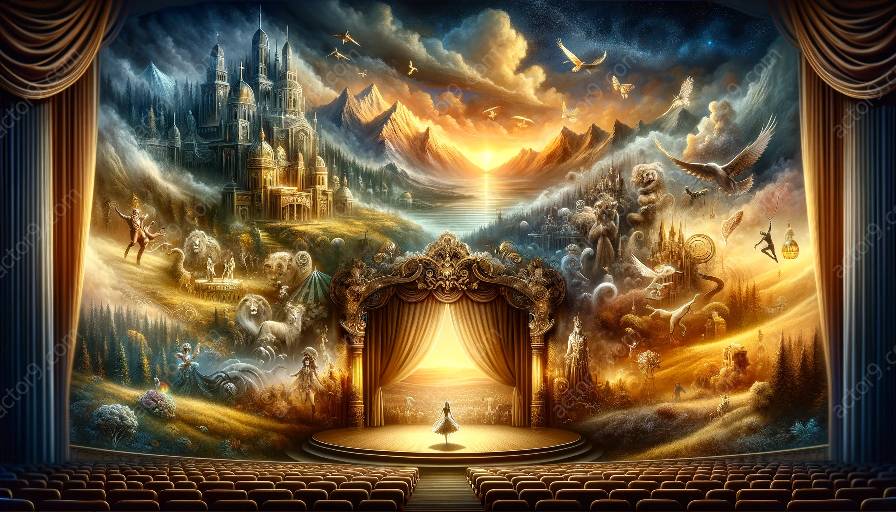What are the connections between circus arts and folk traditions? To explore this question, we need to delve into the rich history of circus arts and their close connection to folk traditions. The circus has always been a celebration of skill, spectacle, and entertainment, drawing on a diverse range of cultural influences and traditions. At the heart of this vibrant world of performance lies an intricate web of connections to folk traditions, shaping and influencing the circus arts in profound ways.
The Historical Significance of Circus Arts
Circus arts have a long and storied history, evolving from ancient civilizations to become a global phenomenon. The roots of modern circus can be traced back to traditions of performance and entertainment in ancient Rome and China, where acrobats, jugglers, and equestrian shows were a popular form of amusement. Over time, these traditions merged and evolved, eventually giving rise to the modern circus that we know today.
In the 18th and 19th centuries, the circus experienced a golden age, with traveling shows and performers captivating audiences across Europe and the United States. Pioneers like Philip Astley and P.T. Barnum played pivotal roles in shaping the circus into a groundbreaking form of entertainment that showcased a dazzling array of acts, from trapeze artists to clowns and wild animals. This era marked the beginning of the circus as a distinct art form, with its own set of conventions, traditions, and performers.
The Intersection of Circus Arts and Folk Traditions
Despite its evolution into a modern spectacle, the circus has always maintained close ties to folk traditions from around the world. Many circus acts and performances are rooted in age-old folk practices, drawing inspiration from diverse cultural heritages. For example, the art of clowning, a staple of the circus, has deep roots in European folk traditions, where jesters and comedic performers entertained crowds with their antics and wit. Similarly, acrobatics, aerial acts, and animal training have historical connections to folk performances that date back centuries.
Furthermore, the circus has often served as a melting pot of cultural exchange, bringing together performers from various backgrounds and traditions. This fusion of diverse influences has led to a constant cross-pollination of ideas and techniques, resulting in the dynamic and multifaceted nature of circus arts. Whether it's the colorful costumes, the music, or the daring feats, circus performances often reflect the customs and aesthetics of different folk traditions, weaving a tapestry of cultural expression that captivates audiences worldwide.
Shaping the Vibrant World of Performance Arts
The connections between circus arts and folk traditions have had a profound impact on the broader landscape of performance arts and entertainment. Beyond the spectacle of the circus ring, elements of folk traditions have permeated other forms of performance, influencing everything from dance and theater to music and visual arts. The exuberant energy and inclusive spirit of folk traditions are echoed in the lively atmosphere of circus performances, creating an immersive and engaging experience for spectators.
Moreover, the enduring popularity of circus arts and folk-inspired performances has ensured that these traditions continue to thrive and evolve in the contemporary cultural landscape. From traditional circus acts that pay homage to age-old practices to innovative reinterpretations that blend modern sensibilities with folk influences, the enduring relevance of these connections speaks to the timeless appeal of the circus and its enduring connection to folk traditions.
Conclusion
The connections between circus arts and folk traditions run deep, shaping the evolution of performance arts and celebrating the enduring spirit of human creativity and expression. From their shared historical roots to their continued influence on contemporary entertainment, the interplay between circus arts and folk traditions represents a fascinating intersection of cultural heritage and artistic expression. By exploring these connections, we gain a deeper appreciation for the vibrant and dynamic world of the circus and the enduring legacy of folk traditions that continue to inspire and enrich our lives.


































